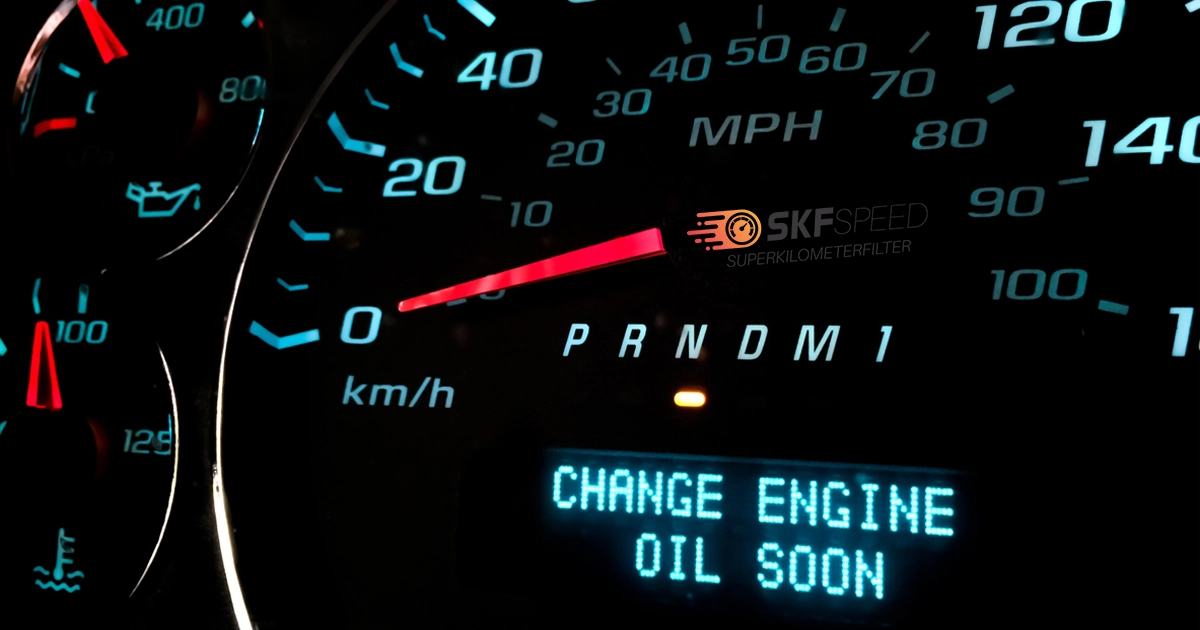
The mileage tax proposal caused debates. It has not been implemented yet. However, experts have different points of view. Some experts expect that it may decrease expenses for some individuals. Others suggest that it favors gas SUVs and trucks. Despite the fact that currently, it is only a pilot program, complete switching is planned in 10 years. The Biden administration may or may not implement vehicle miles traveled fees.
If you search for the mileage tax Pete Buttigieg, you will come across multiple posts that refer to this topic and this is for a reason. Pete Buttigieg, the United States secretary of transportation has clearly expressed his support for the proposal. As he says, the plan is promising, as revenue generation will most likely come from different sources. It’s planned to test the programs’ effectiveness through pilot programs in all 50 states. There will be volunteer drivers who will track covered miles with GPS and data apps, during a certain period.
Until now, a lot of details are blurred and need clarification. For that reason, below we will review all the needed information that makes the topic more understandable.
As it’s known, the new $1 trillion infrastructure package will include a vehicle mileage tax program. The aim of the pay per mile road tax package is to raise revenue for transportation and infrastructure projects and test the feasibility of a road usage fee. Infrastructure needs more revenue than what is coming from fuel taxes. As the President, Joe Biden noted 231,000 bridges and one in every five miles of US highways, 186,000 miles in total, are in need of repair.
The mileage tax referred to as a road tax pay per mile means the following. Under the proposal, it charges drivers a fee based on how many miles they drive. In simple words, the more you drive, the more you have to pay for taxes. The rate varies by state. The total tax fee is calculated upon the covered annual mileage.
Until now, no state has fully implemented the mileage tax proposal program. However, there are some states who have actively started implementing the pilot programs. There are many supporters and opponents of the proposal. Supporters state that there is not enough revenue for the needed infrastructure. Besides, fuel-efficient vehicles have reduced taxable gas consumption, which has not been increased in more than 20 years.

The full implementation of the tax per mile proposal requests quite a big time. As experts assume, the complete switching to the new order might take up to 10 years. Some of the first states that have been involved in the pilot program are Oregon and Utah. The state launched a voluntary program in 2015.
The Oregon pilot program is also known as OReGO. Under the OReGO plan, volunteers don’t pay fuel tax. Instead of that, they pay only for covered mileage. The rate is 1.5 cents per mile. You may think that it will be troublesome to count and control the mile data. However, it’s quite simple. Drivers use GPS or apps that automatically count covered miles. Besides, they can use handwriting logs. Until now, only volunteers are involved in the program, but it is planned to make the program mandatory for all new vehicles starting in 2026.
The mileage tax, also known as the vehicle miles traveled (VMT) tax, has been tested in Utah as well. Notably, the interest was higher in Utah compared to Oregon state. More volunteers were involved than in Oregon. All in all, pilot programs operate on a small scale, which takes a longer time. The implementation details and rates are still in the planning process. For that reason, supporters and officials suggest quick adoption of the proposal to reach the goal. Besides, the Oregon program could be a good framework for other states as well.

Combining all the data that you get upon searching for the “Mileage tax Pete Buttigieg”, can be overwhelming. To make a clear vision of the topic, it’s better to review its advantages and disadvantages.
The main advantage of the program is that it will raise revenue for improving and implementing new transportation and infrastructure projects. In case a vehicle miles tax replaces a gasoline tax, then drivers will have to pay upon how much they drive, rather than pay at the pump.
The main concern of the pay per mile road tax proposal is the privacy issue. Upon implementing the project, the government could track citizens’ movements. That is the thing that many drivers would consider as a big disadvantage. Besides, they have to use additional inventory, GPS, or an app system that tracks their movement.
All in all, still there are many questions related to the road tax pay per mile. It is still unclear if mileage tax replaces a gasoline tax, or stays along with the previous model. Luckily, the implementation process has been started in several states and results can be used for improvement and refinement.





Here you will find all the details about our company
Here you will find shipping and return related information
Here you will find information on all technical questions
Here you will find helpful information about installation